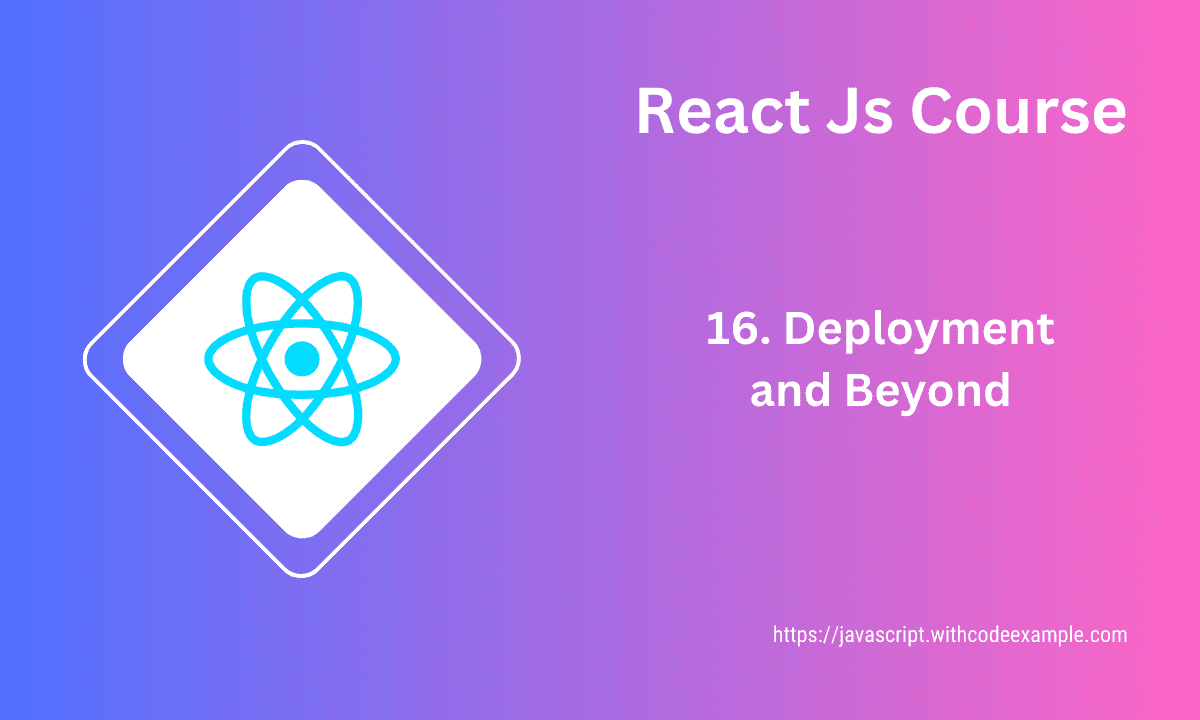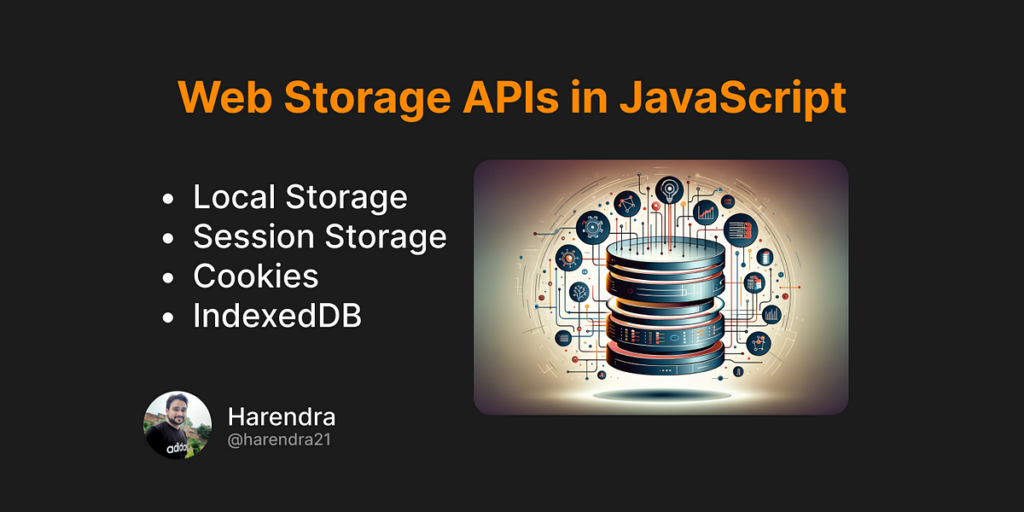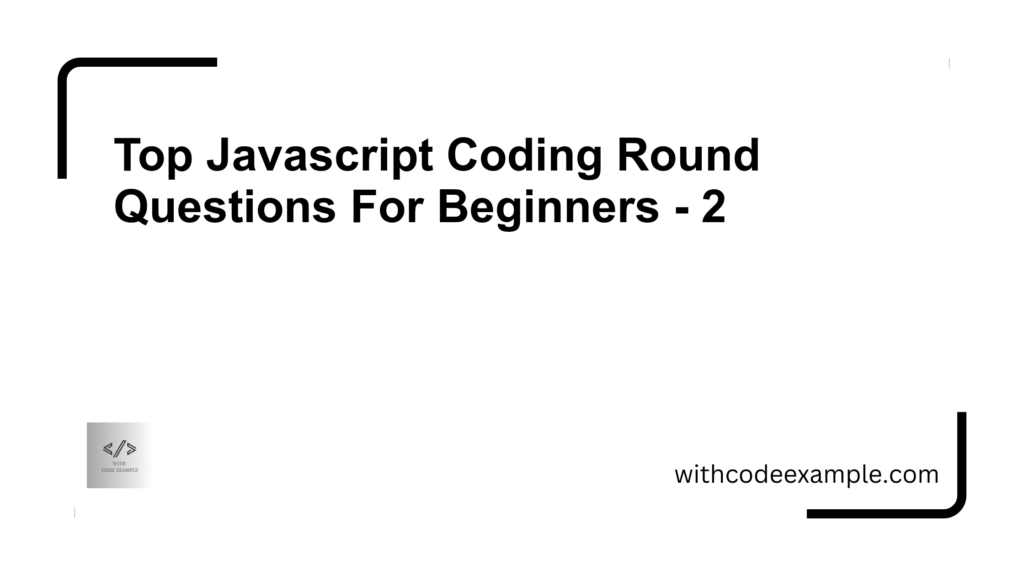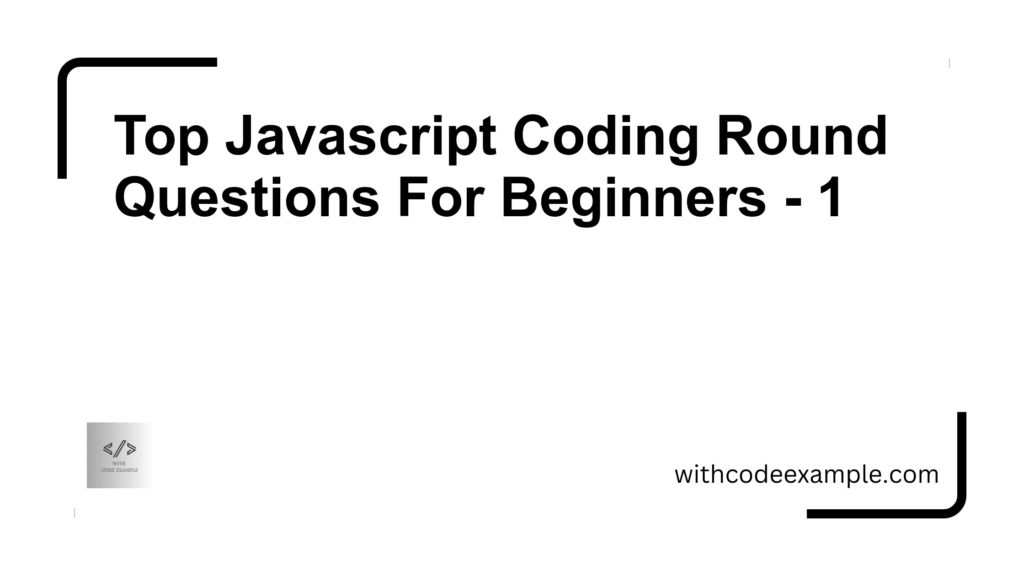In the world of web development, creating a React application is only half the journey. Once your application is built and functional, the next critical step is to deploy it to the web, making it accessible to users worldwide. In this article, we’ll explore the process of deploying a React app and delve into advanced topics that can take your development skills to the next level.
Preparing a React App for Production
Before deploying your React app, it’s crucial to ensure that it’s optimized for production. Here are some essential steps to prepare your app:
Minification and Bundling
Minify and bundle your JavaScript and CSS files. This reduces the file size, making your app load faster.
npm install --save react-scripts
npm run build
Environment Variables
Manage environment-specific configurations using .env files. This allows you to set different values for development and production.
// .env.production
REACT_APP_API_URL=https://production-api.example.com
Error Handling
Implement proper error handling to provide meaningful error messages to users without revealing sensitive information.
try {
// Your code that might throw an error
} catch (error) {
console.error('An error occurred:', error);
}
Deploying to Hosting Services
Once your app is production-ready, it’s time to deploy it to a hosting service. Two popular options for hosting React apps are Netlify and Vercel. Let’s explore deploying to Netlify as an example:
Deploying to Netlify
-
Sign up for a Netlify account if you don’t already have one.
-
Connect your project’s repository to Netlify.
-
Configure your build settings. Specify the build command and build directory (usually
npm run buildandbuild). -
Set environment variables in the Netlify dashboard based on your
.envfiles. -
Trigger a new build by pushing changes to your repository.
-
Netlify will automatically build and deploy your app, providing you with a unique URL.
Exploring Advanced Topics: Hooks, Suspense, Concurrent Mode
Beyond deployment, exploring advanced topics in React can greatly enhance your development skills. Here are a few areas worth diving into:
Hooks
React Hooks allow you to use state and other React features in function components. They provide a more concise and organized way to manage component logic.
import React, { useState } from 'react';
function Counter() {
const [count, setCount] = useState(0);
return (
<div>
<p>Count: {count}</p>
<button onClick={() => setCount(count + 1)}>Increment</button>
</div>
);
}
Suspense
React Suspense is a mechanism for handling asynchronous operations in a more straightforward and declarative way. It’s particularly useful for data fetching.
const resource = fetchResource();
return (
<div>
<Suspense fallback={<Spinner />}>
<Component resource={resource} />
</Suspense>
</div>
);
Concurrent Mode
Concurrent Mode is an experimental React feature that aims to make applications more responsive by managing the priority of rendering and user interactions.
<React.unstable_ConcurrentMode>
<App />
</React.unstable_ConcurrentMode>
Conclusion
Deployment marks the transition from development to real-world accessibility. Preparing your React app for production, deploying it to hosting services like Netlify or Vercel, and exploring advanced topics like Hooks, Suspense, and Concurrent Mode can elevate your skills and help you create powerful, responsive, and scalable web applications. As you continue your React journey, remember that learning is an ongoing process, and each step you take brings you closer to becoming a proficient React developer.




